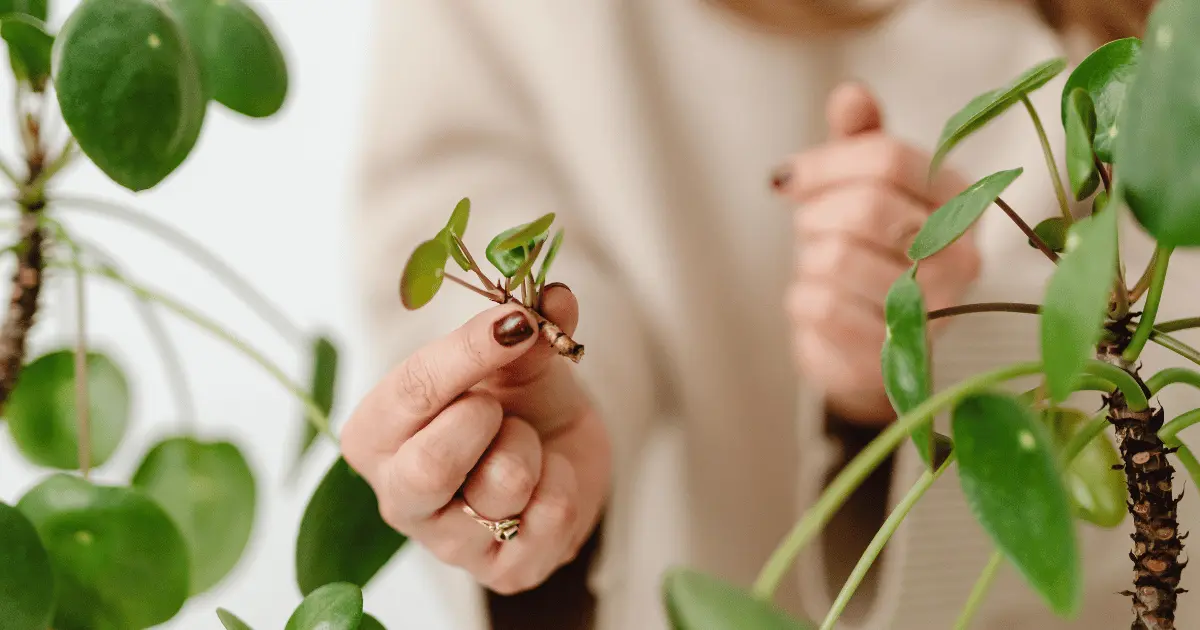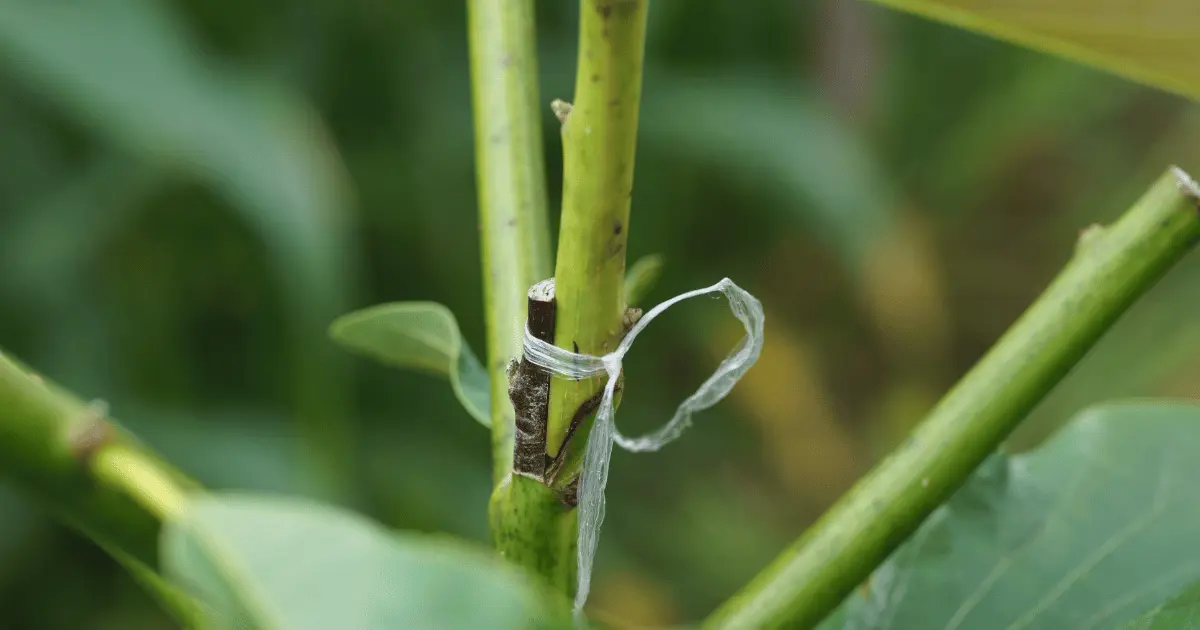Home gardening is fast becoming a skill every adult and child wants to learn in our modern day society because of the irreplaceable benefits of plants to our survival.
Aside from being our primary food sources, garden plants in their varieties also provide such aesthetic appeal as ornamental garden plants. We propagate plants for various health benefits, such as treating dermal, physiological, and psychological complications.
Learning to propagate plants is enjoyable and soul-relaxing; you will also save yourself a ton of money as you grow your favorite shades, scents, and tastes of garden foliage right in your home or office spaces. Join me as we take a sneak peek into the various methods of propagating plants.
Sexual Propagation
The word ‘propagation’ is defined as all the natural processes that follow multiplying a plant specie from a mature stock.
The most natural way to propagate a plant is sexual. Most plants develop as separate genders, with male and female plants growing separately as individual plants.
Such plants are said to be dioecious, and examples include Asparagus and Hollies. They require plants of both sexes close together for cross-pollination to occur.
We also have bisexual plants that grow both male and female parts on the same plant, such as roses, lilies, tulips, and flowering plants. Such plants can be self-pollinated, blooming and blossoming their bright flowers and attractive scents all year round.
Sexual Propagation could also be called seed propagation because eventually, the male anthers release fertilised pollens in the female stigmas, producing an embryo that eventually forms the seeds.
These seeds can be preserved for long durations because propagating them will lead to the germination of a new plant. Sexual Propagation is important in creating biodiversity, that is, new plants with specific little differences and improvements from the parent plants.
You can sexually propagate all seed-bearing plants, including succulents, carrot, cauliflower, muskmelon, okra, pumpkin, leek, beans, parsley, Lima beans, squash, tomatoes, asparagus, turnips, watermelon, and a host of other garden plants.
Asexual Propagation
Plants are mostly cultivated on a commercial scale by various methods of asexual Propagation for several reasons:
- It allows for the Propagation of all plant species, not just seed-bearing ones.
- Allows farmers and gardeners to propagate plants identical to the parent stock, especially if the goal is to preserve a specific desired trait.
- Large numbers of new plants can be propagated more quickly than seed-based Propagation.
The only downside to asexual Propagation is that it sometimes requires a bit of skill and experience to perfect the art. Still, with the growing awareness and attention, it’s getting among professional and enthusiastic propagators, that doesn’t seem like a problem anymore.
Anyone can easily propagate their garden plants vegetatively by following simple online guides like this one. Let’s discuss the various methods of vegetative or asexual Propagation.
Propagation by Cuttings

Rooted Cuttings are the most usual method of propagating plants among gardeners, and it involves growing any part of a mature plant into a new plant.
Cuttings help to preserve the ‘youthfulness’ of garden plants and prevent them from becoming leggy or woody. Stem cuttings and Leaf cuttings are the most common in this category, but root cuttings can also propagate some succulents.
Stem and Leaf cuttings are prepared from a mature branch on a plant. Each stem should have well-developed foliage and nodes, measuring between 2-6 inches, depending on the variety.
Leaves for Propagation should not have any discoloration, rings, whistles, or any form of injuries; Both stem and root cuttings are rooted in water or a potting mix specially prepared for the plant.
Propagating a Plant by Division
The division is similar to stem cuttings because most plants are divided from the roots or wandering stems. Stem division is popularly called ‘Beheading,’ alluding to the unceremonious chopping of the plants’ upper parts and growing them separately.
Most plants that live for more than two years can be propagated by root division. In this method, The old plant is gently rolled out of its pot or dug out of the ground, then separated into two or three new plants from the natural sections of the roots.
Roots division is a very effective way of refreshing an old plant and restoring its glow and vigor; it is best to divide an old plant when it has outgrown its current available space. Beheading is ideal for garden plants with elongated erect stems that have overgrown their pots.
Propagating Plants by Budding

Plants that grow buds on their stems or roots can also be propagated from the buds. These buds can be called pups, offsets, outgrowths, or adventitious buds (buds that grow in areas they are least expected).
Growing new plants from mature buds has a very high success rate, and the process is easier than plant division.
Most garden plants grow buds on their stems or as new leaves shoot out, mostly in their growing seasons. Buds can also be developed when they produce their flowers in the blooming season.
Plants like potatoes, bananas, bryophyllum, peaches, plums, apples, cherries, citrus, and several other garden plants can be propagated by rooting their buds.
Propagating Plants by Layering
Plants with long shoots and leaves that can be bent to touch the surface are usually propagated by Layering.
It’s easy to propagate plants by Layering because you won’t have to detach the stem from the parent plant until it has fully rooted.
Layering also the choice method of cultivating many garden plants, including several epiphytic succulents such as the string of Hearts and the string of Pearls, rhododendron, honeysuckle, azalea, boxwood, climbing roses, Wax Myrtle, etc.
To propagate any plant by Layering, locate the adventurous or climbing stem and bend it into the soil surface, fixing it with a peg or hook. Ensure the selected stem has a good network of leaves, leaf nodes, and buds growing on it.
Choose a point just below a leaf node and peel off the outer skin of the stem three to six inches wide and one inch deep. You can apply rooting hormone on the peeled surface.
Place some moss plant around the cut and cover it with a polyethylene bag. You can also fasten the coverings in place using fine-tying strips.
Layering is a great way to multiply any plant with overgrown branches in competition with the parent plant for soil nutrients.
Propagating Plants by Grafting

Another interesting method of propagating plants is growing a part of a thriving plant on another well-established plant_ called Grafting.
If you have a plant that produces deliciously tasty fruits but won’t grow tall and another plant that grows to a good height but hardly any fruits, Grafting is a great way to combine both traits in one plant.
The scion is the plant part, usually a branch or stem, with the desired traits, while the rootstock is the plant we wish to engraft with the scion.
Make a T-shaped cutting of the scion off the donating plant and a T-shaped cutting off the stem of the rootstock. The scion should be a stem with well-developed foliage to hasten the process.
Now fix the scion into the stem of the rootstock and hold it firm using a binding wire or electrical tape. You can remove the wire or tape once both plants are firmly attached with leaves growing in the scion.
Other Recent Methods of Propagating a Plant
Do you know that plants can also be propagated in a scientific laboratory via a process known as Tissue Culture Propagation? Of course, you can’t culture a plant in your home garden, but if you’re reading this for research purposes, then it’s great to write about it.
Botanists and research scientists can now grow any plant’s tissue culture in their laboratories and use the same to propagate plant varieties in large numbers. The process could also be described as cloning because it produces completely identical plants in look, shape, color, size, growth rate, and genetic composition.
Cloning helps to propagate greater numbers of plants at a faster rate than any vegetative propagation can achieve. It also helps the propagators to focus on developing only the desirable traits.
The greatest positive impact of developing the various methods of propagating plants is that it greatly improves the availability of necessary food, medicinal, ornamental, and industrial crops needed to sustain and maintain life balance.
If anything, we need to do more to improve the propagation rate of new plants to meet the ever-growing global demands, as well as cushioning the effects of global warming.
